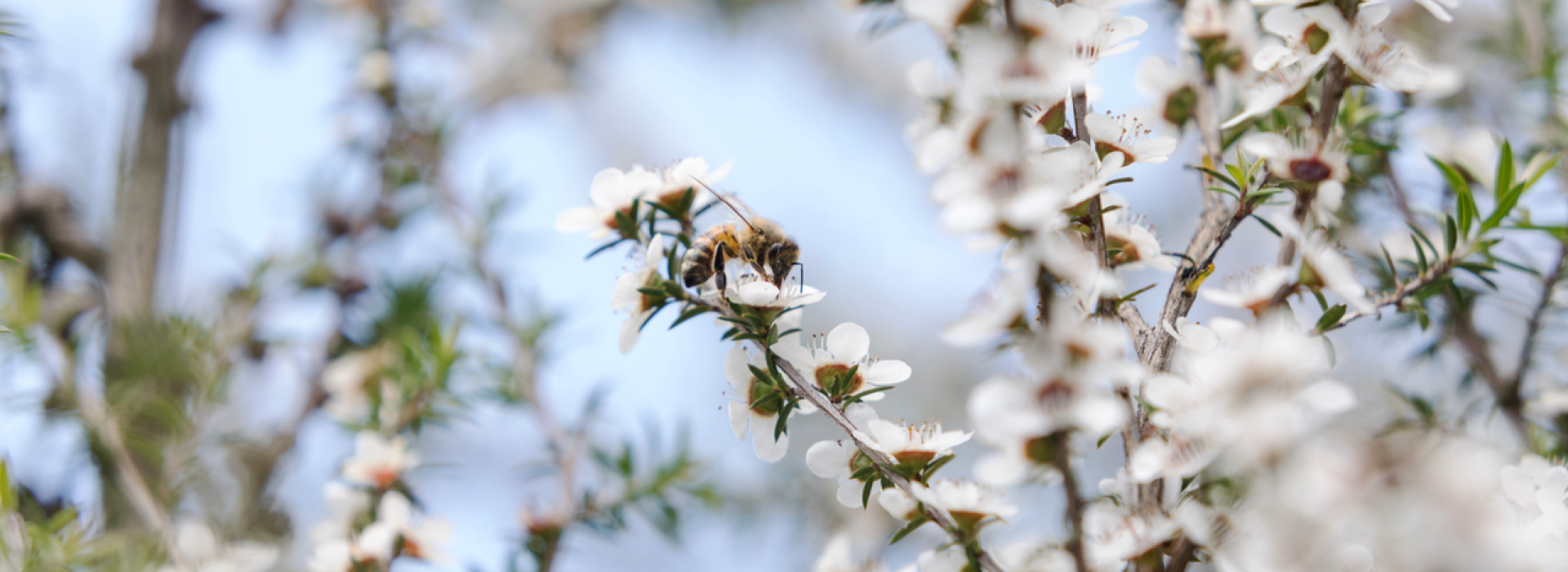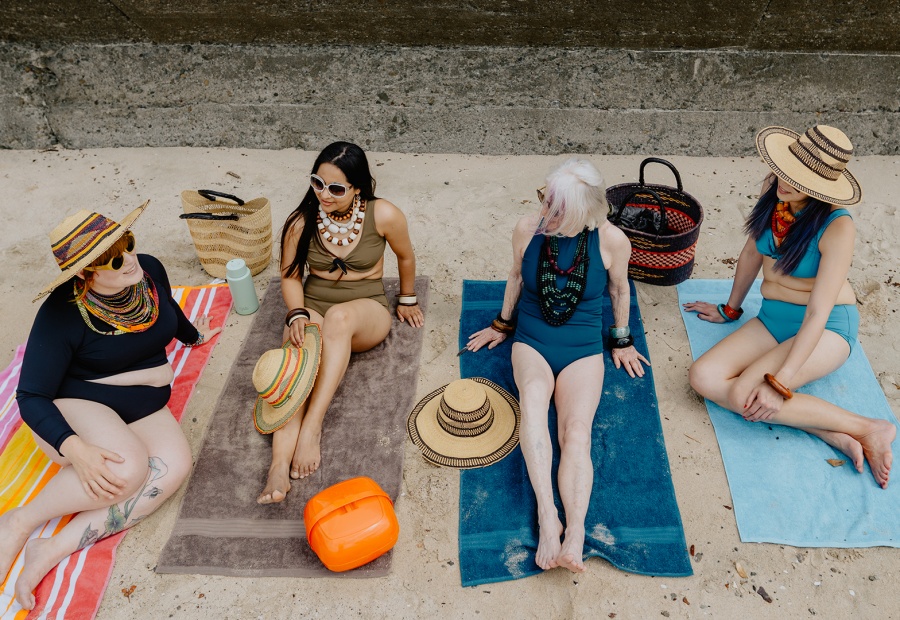YOU CAN CALL ME HONEY
Mānuka is widely known as a delicious high-quality honey. It is made by bees that pollinate the Mānuka flower, which is native to New Zealand and blooms just 2-6 weeks per year. Mānuka honey can only be produced in areas abundant with native Mānuka blossoms, which is why hives are located in some of the most remote, untouched parts of the country. This remarkable honey is used for much more than being smeared on toast (though that’s good too). The honey is highly valued throughout the world for its rare and complex properties.
MĀNUKA AND MĀORI: A SPECIAL RELATIONSHIP
Māori have had a long relationship with Mānuka, they call it a taonga or ‘treasure’ and found a staggering amount of uses for it; from food to traditional medicinal uses, and all manner of tools and artefacts. Infusions made with the leaves were used to reduce fevers and treat stomach and urinary problems. Gum produced from the tree was used as a moisturiser for burns, and to ease coughing. Decoctions from the bark were used as a sedative, a mouthwash, and to treat diarrhoea and fever.
FANCY A CUPPA?
Europeans were also quick to discover uses for this versatile plant. On Captain Cook’s voyages of discovery around New Zealand, his crew boiled the leaves of Mānuka to make tea. Cook also brewed a beer using Mānuka and Rimu leaves and found it: “exceedingly palatable and esteemed by everyone on board.” The wood of Mānuka has been extensively used by New Zealanders as it is hard and straight-grained. It has been used to fashion a vast range of tools, implements and structures; such as beds, houses, combs, paddles, canoes and spears. It is also highly valued as firewood. Today, sawdust from the wood is commonly used as a flavouring agent when smoking fish and meat. Essential oils from the leaves are also used commercially and form the basis of a variety of products.
So, if you’re looking for somewhere where indigenous trees work with bees to make something awesome… we know a place.






